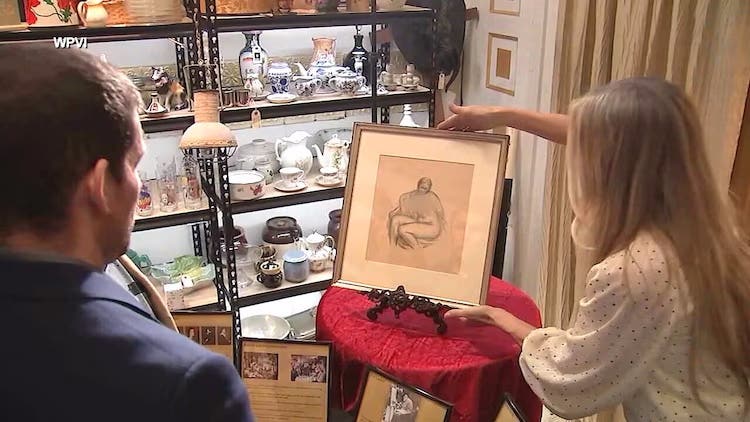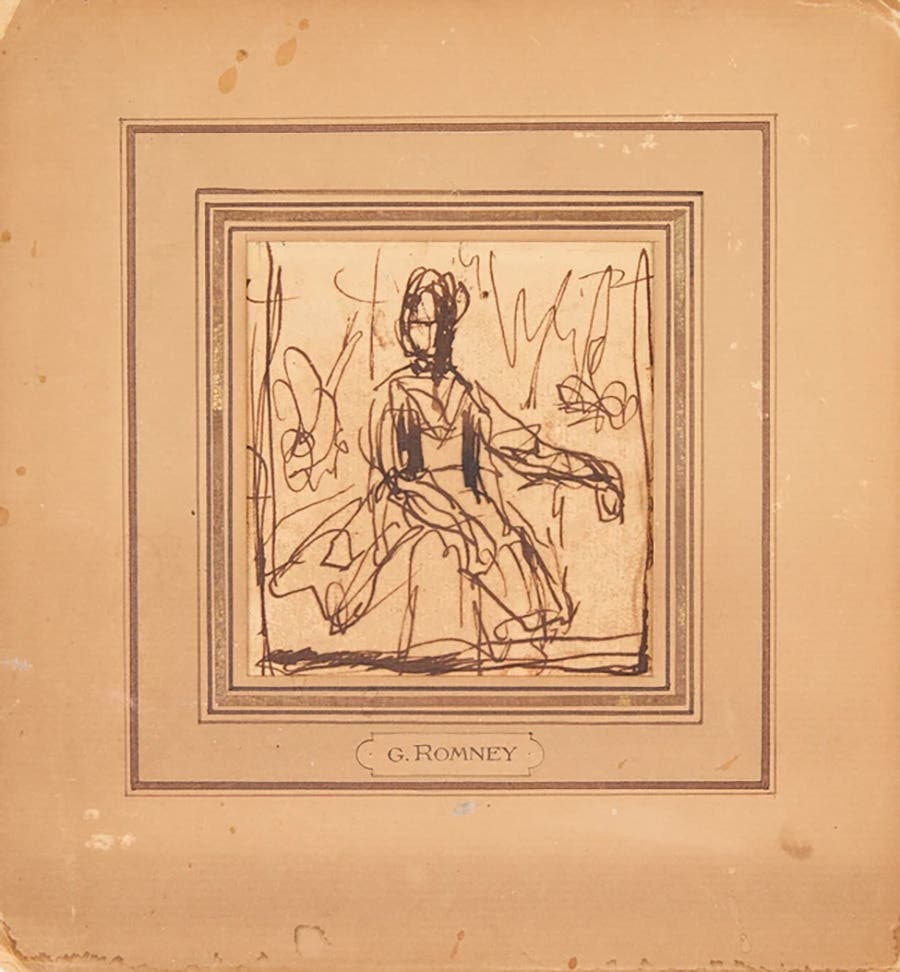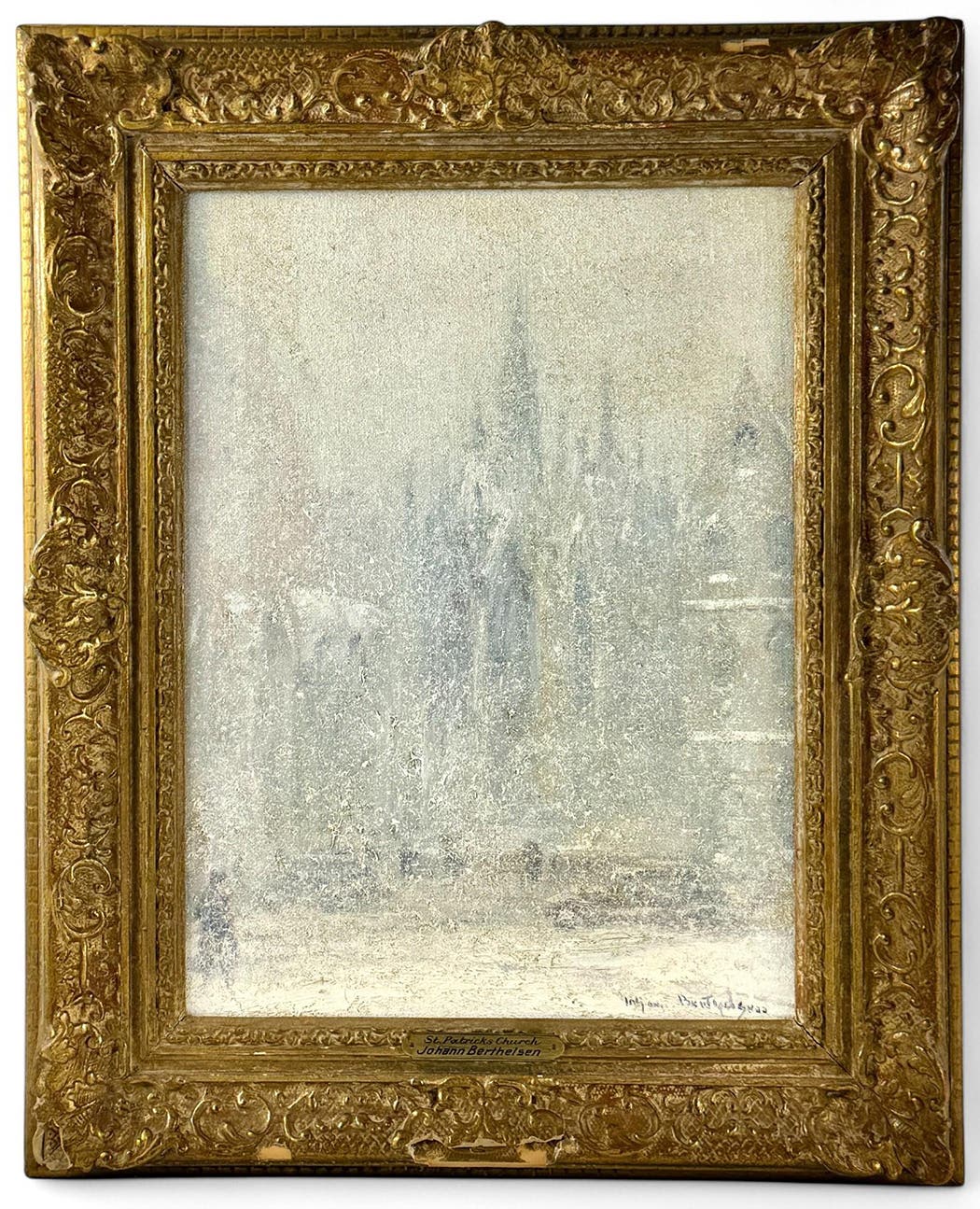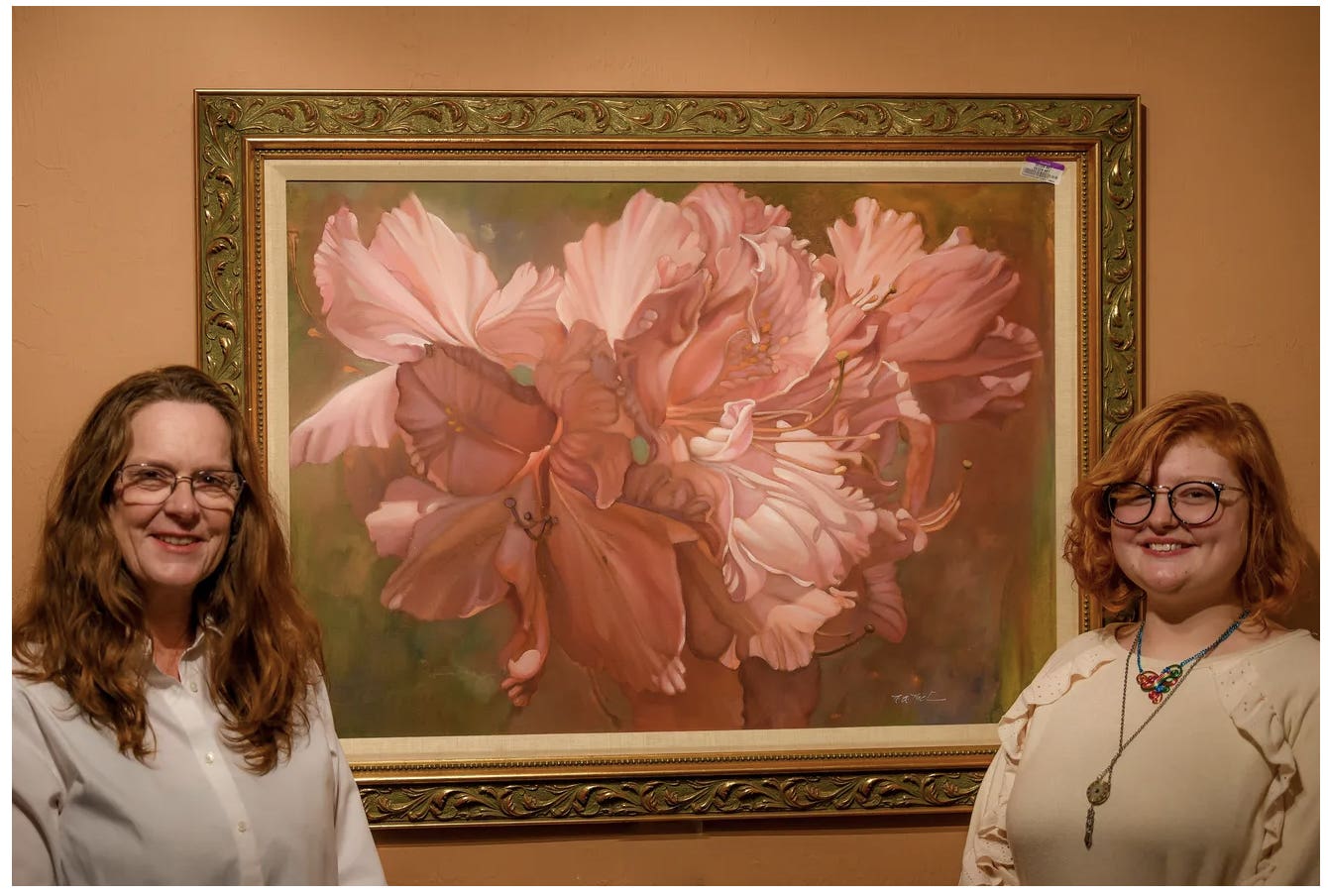Careful consideration, proper installation help protect art collections
Displaying single items of artwork or art collections is more than finding an open space, explains Anne Rappa with Huntington T. Block Insurance Agency, Inc. Examining key factors and posing a few primary questions can go a long way to ensuring proper and protective display of art.
By Anne Rappa
When installing artwork for private or public viewing in your home or corporation, you need to assure that it’s done properly. Never assume anything. Educate yourself so that you can ask the installer the right questions — questions that will help avoid damage to your art. In this column I review best practices for installation of art collections.
Experience Aids in Protecting Art Collections
During my 12-year career at Huntington T. Block Insurance Agency, I’ve worked with many different clients in a variety of positions relating to art collections. In a few recent claims, framed paintings have simply fallen off the wall due to poor installation.
In one case, the fall was likely precipitated by vibrations from ongoing construction in nearby buildings.
As insurance professionals, we are not involved in the installation process, but I do provide my clients with information to help diminish the risk of damage to their individual or corporate art collections. We always recommend that they use the services of a knowledgeable professional for art installation, and if necessary, we may help them find one. Professional art shippers can refer art installation professionals and/or installation professionals as well.
Factors to Consider
Your installation professional should consider the following suitability issues and make sure that they
are addressed in the installation:
• The wall structure. Can it handle the weight of the artwork? What installation mechanisms are most appropriate?
• The artwork’s structure. Is the work in good order and therefore ready for installation? This can include reinforcing a work to stabilize it. If there is defect in the artwork’s structure, the installation may fail.
• The hanging mechanisms. Frames and hanging mechanisms can degrade over time. For instance, as wood expands and contracts over the years, it can cause the mechanism to fail. An art installation professional can also review your currently installed artwork to determine if the installation mechanisms need to be replaced with newer and safer mechanisms.
Be Sensible When Selecting A Space
• The space. Unlike museums, which create barriers with a tape on the floor or a piece of furniture beneath a painting, private and corporate art collections need to consider damage that may occur if the display allows physical proximity to the artwork or environmental exposure that would be harmful, such as a fireplace or a skylight.
• The installers. Interview professional art installers to determine whether they understand the issues discussed above.
Buying artwork as an investment is not like buying a gold bar. Passion and love factor into the purchase, and formation of an art collection.
Helping Art Tell Its Story
Artwork is a living thing with its own lifespan, history and story to tell. The conservator is like a doctor. Follow the doctor’s instructions and you’ll get maximum enjoyment from your investment.
About the Contributor:
Anne Rappa is a senior vice president at Huntington T. Block Insurance Agency, Inc., a division of Aon, a premier insurance broker. With more than 1,200 museums, 800 art galleries, and some of the largest universities and Fortune 500 companies’ art collections insured, HTB is the world’s leading provider of insurance to the fine art community. For more information, contact Anne at anne.rappa@huntingtontblock.com or 212-479-4673.






